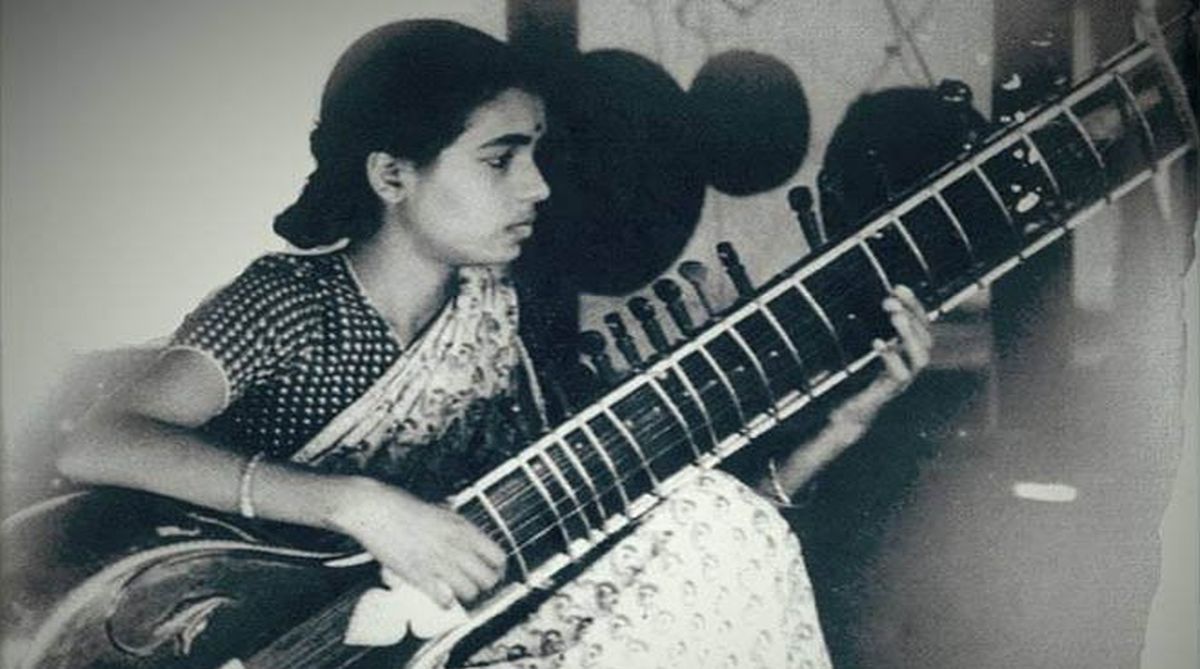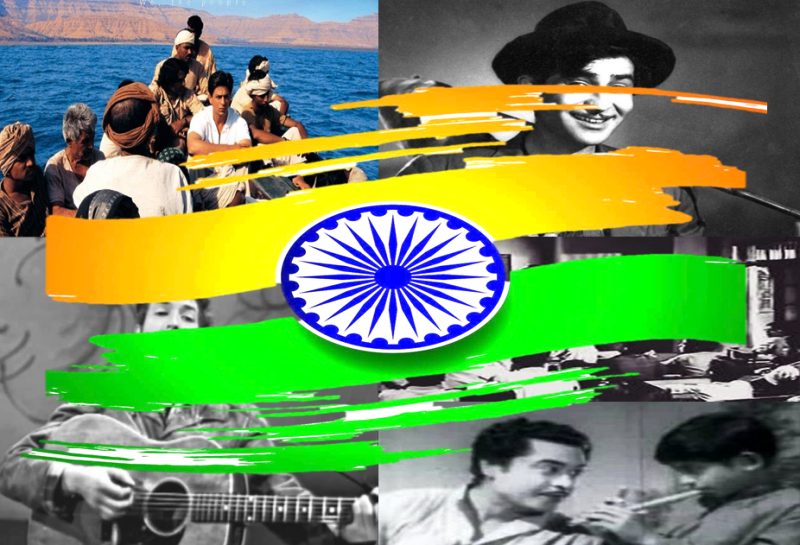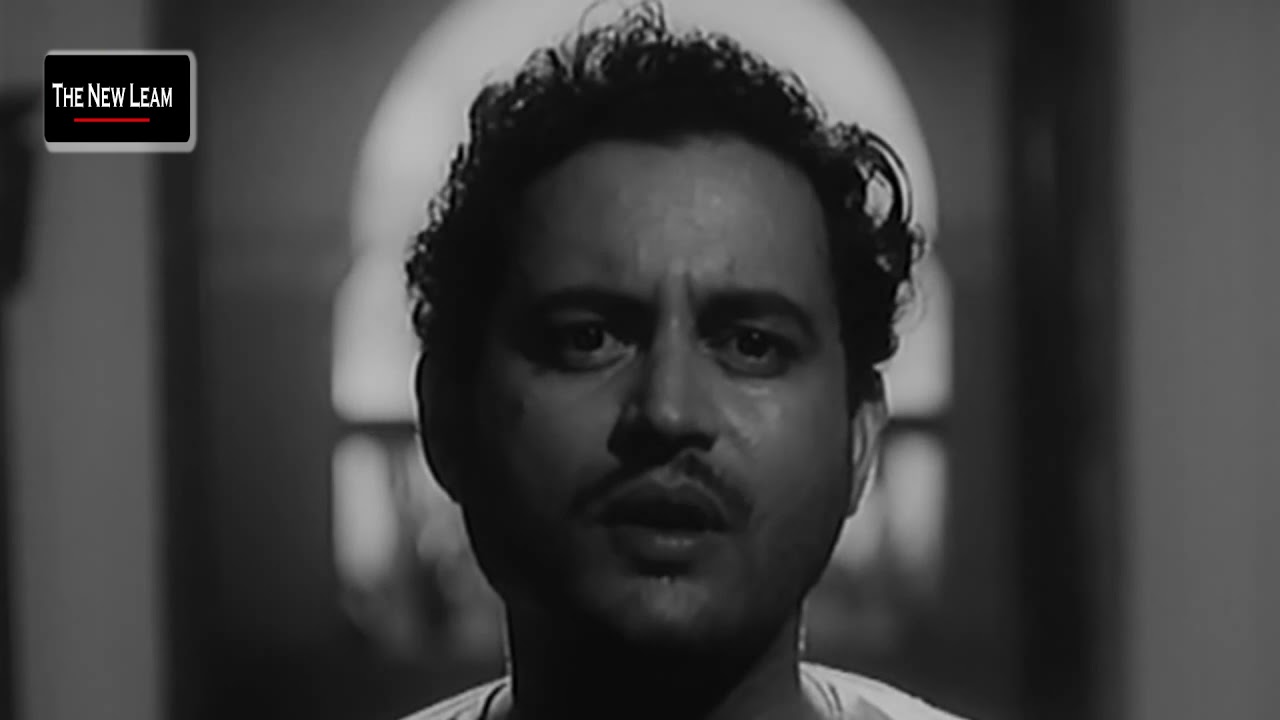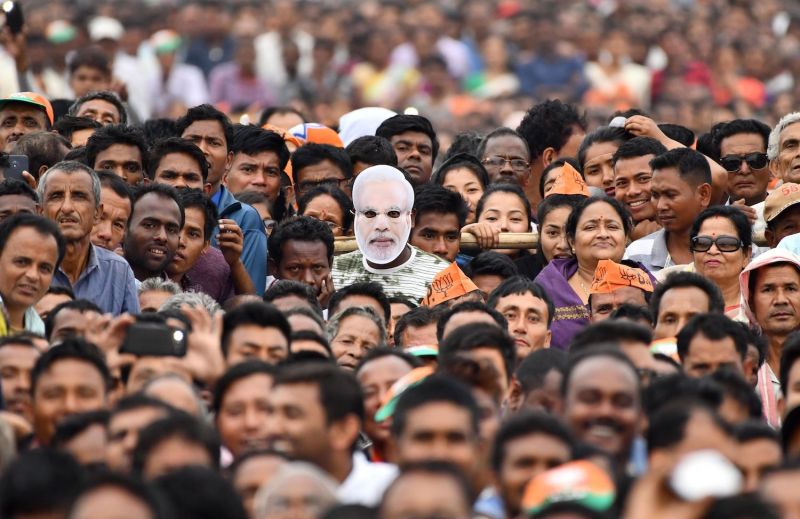TRIBUTE
An enormously talented and incredibly isolated Annapurna Devi bid farewell to the world, leaving behind a tremendous void in the landscape of Indian music. Her devotion and commitment and her capability to impart the knowledge of music for the generation of young musicians can hardly be negated.
The New Leam Staff

Annapurna Devi was an Indian Surbahar (musical instrument) player who was widely considered as stalart of Indian classical music. She was the daughter of Allaudin Khan, the founder of the Maihar gharana. She passed away and left behind a gigantic void in the realm of Indian classical music. She is widely known as Pandit Ravi Shankar’s first wife and the guru of music stalwarts like Pandit Hari Prasad Chaurasia.
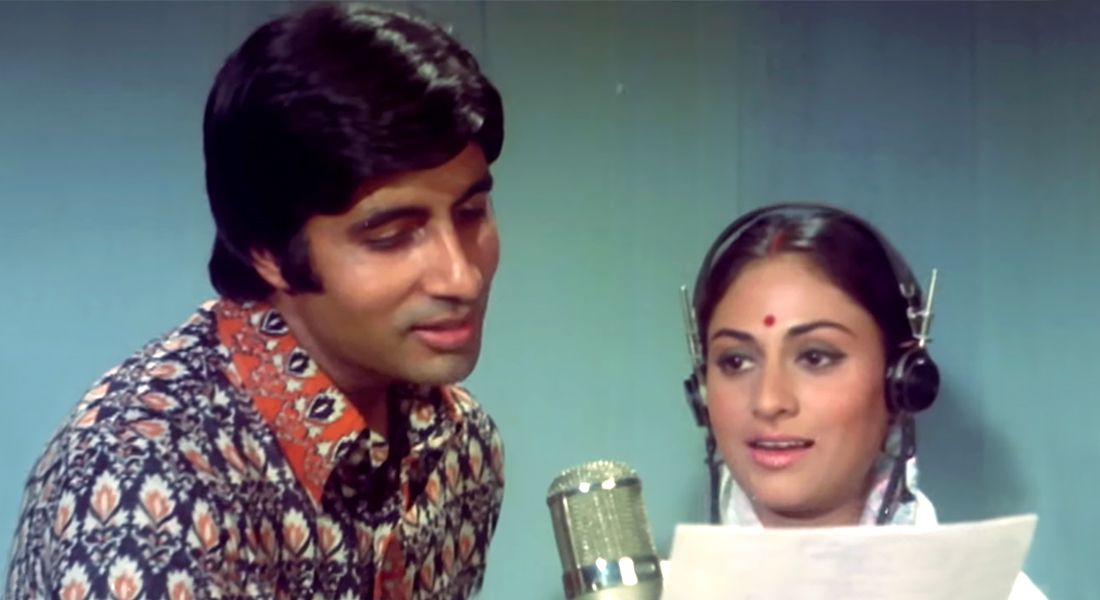
She is considred by many as a finer sitar player compared to her former husband Ravi Shankar and the popular Bollywood film named Abhimaan starring Amitabh Bacchhan and Jaya Bacchhan is said to be based on their lives as a husband and wife who lived together but were immensely jealous of each other. For the initial couple of decades of her life, she remained a recluse and remained teaching a few students and seldom did she meet anyone else.
Many people who have been closely associated with her life have argued that she was completely opposite to her husband in terms of her temperament. Her life became painful after her only son passed away and she was separated from Ravi Shankar. It is an interesting story of her life that drew my attention to her qualities for sincere discipleship and her musical sensibilities that made it possible for her to become an equally magnificent musician compared to her genius husband Ravi Shankar.
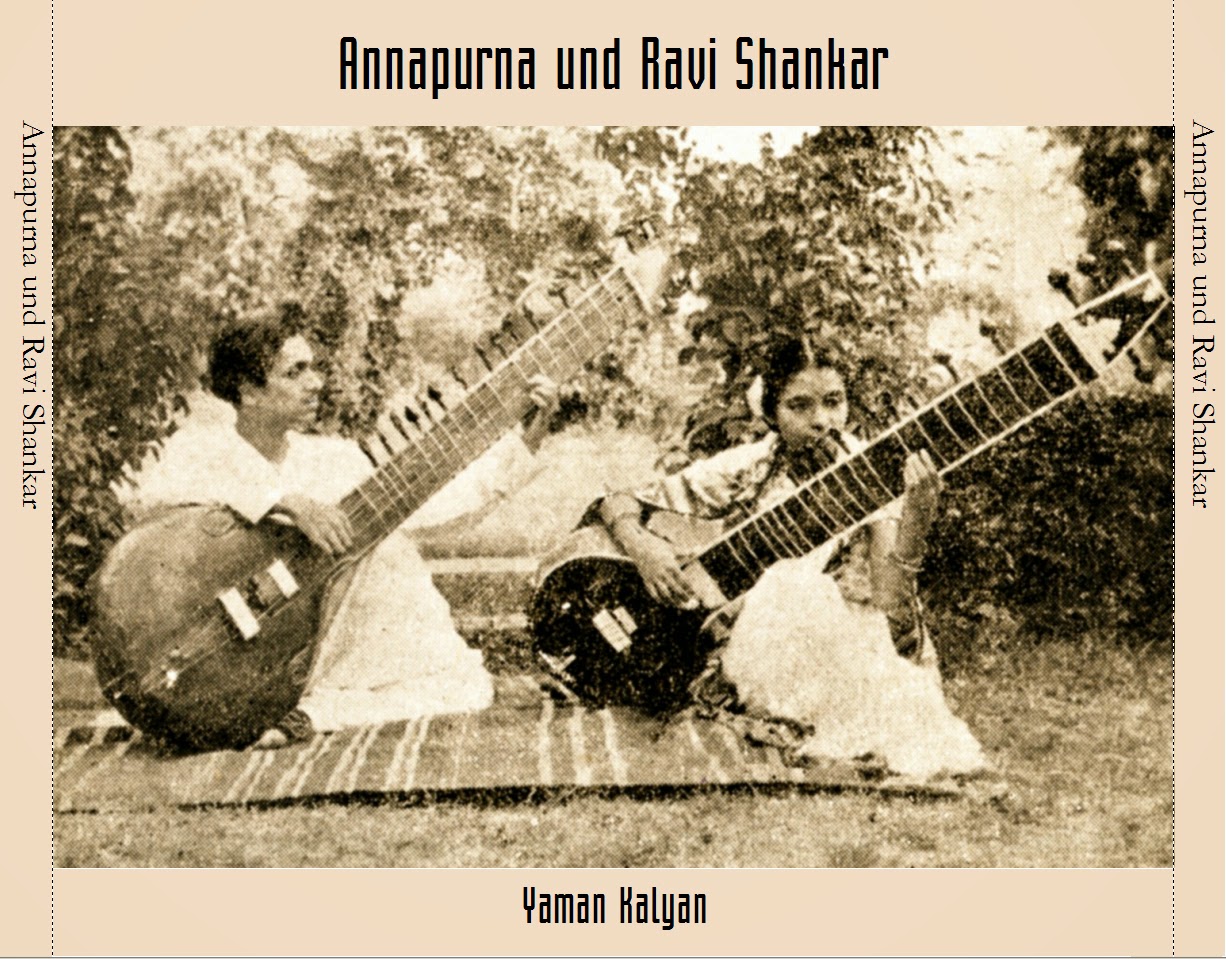
Ravi Shankar, Annapurna Devi and her brother Ali Akbar Khan were all disciplines of Allaudin Khan( Annapurna Devi’s father) and he insisted that Annapurna resist the temptation of internalising the music of the two male disciplines and rather build her own musical sensibilities and cultivate her own sense of self. She was a silent devotee in the realm of music and it was her immense sincerity that allowed her to develop herself into an epitome of calmness and aesthetic understanding. She practiced the Surbahar late into the night and it was argued that she reached complete meditation in the act. It is ironic and yet illuminating to note that while the glamour, the fame and the worldly fame became the cornerstones of Pandit Ravi Shankar’s success story, these domains became the cause of uncomfort and pain for Annapurna Devi.
She married Ravi Shankar in 1941 when she was in 14 years old.She never performed sitar in public after her separation with Ravi Shankar. She remained a recluse. She had a son, Shubhendra Shubho Shankar, who was a musician and passed away in 1992. Later in 1982, she married Rooshikumar Pandya, who was 42 years old at the time of their marriage. Rooshikumar had been learning sitar from her.
She had a select group of students and most of her time was spent with them. Some of her more known students are Aashish Khan (sarod), Amit Bhattacharya (sarod), Bahadur Khan (sarod), Basant Kabra (sarod), Hariprasad Chaurasia (bansuri), Jotin Bhattacharya (sarod), Nikhil Banerjee (sitar), Nityanand Haldipur (bansuri), Peter Klatt (sitar), Pradeep Barot (sarod), Sandhya Phadke (sitar), Saswatti Saha (sitar), Sudhir Phadke (sitar) and Suresh Vyas (sarod). Today her students are well known musicians in their own fields. The grace and greatness with which Annapurna Devi served Indian classical music is iconic and will surely inspire generations of musicians in the future. Her death is a great loss for India.

